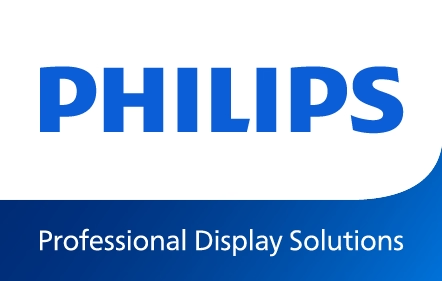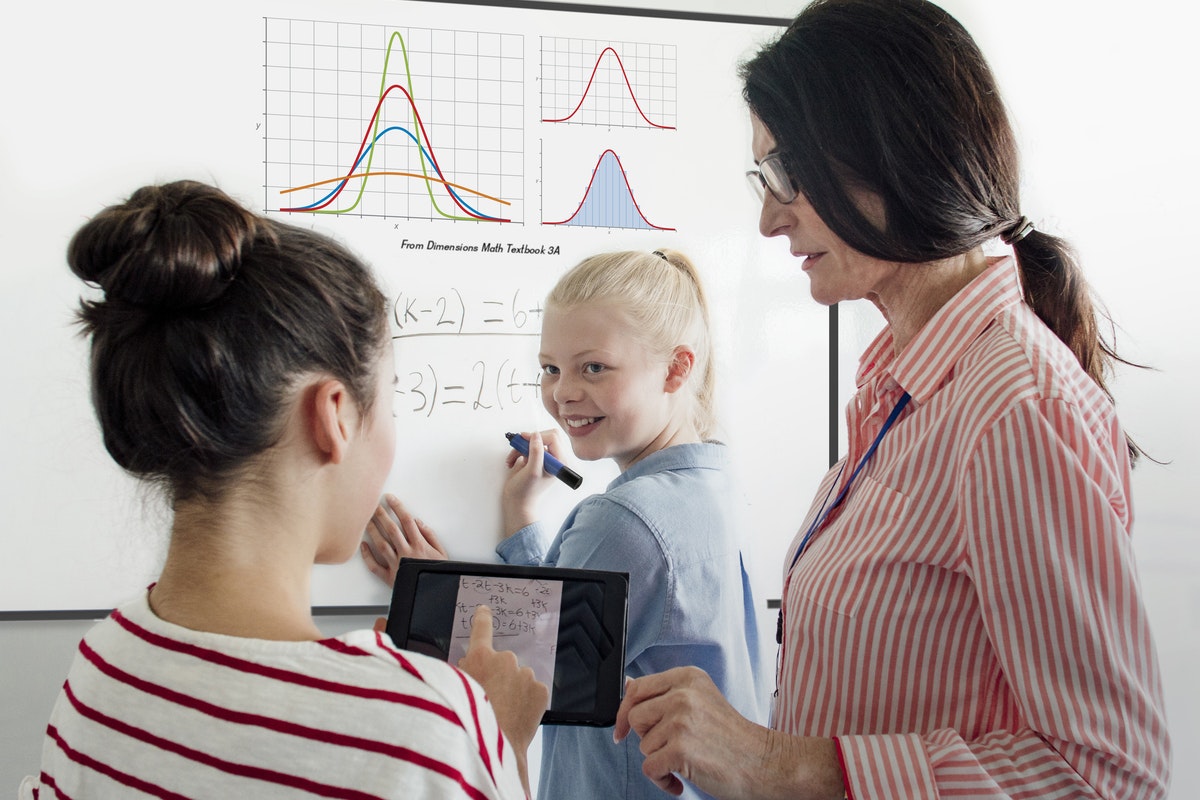Delivering a world of difference in a classroom display
Philips T-Line interactive displays have the power to transform traditional teaching and learning. Franck Trossen, PPDS International Account Director, tells us more.
With the education technology market predicted to more than double in value to $40.9 billion by 2022, the role of technology in classrooms has not only become an essential component for education, it is also a key decision maker for parents and students when selecting their school, college or university.
The responsibility, be it at primary, secondary (K12) or higher education, to provide the best learning environments for students to fulfil their potential is vital. What’s more, finding the right solution and getting maximum return on investment on technology spend has never been more important.
With increasing class sizes, varying abilities, ever-growing demand for higher education enrolment – expected to more than double to 265m by 2025 and 600m by 2040 – plus the hybrid approach, imposed by the current pandemic, to providing education simultaneously in the classroom and online – the task of providing a consistent, inclusive learning experience is key.
Going back to the drawing board
Character development, collaborative learning and creative thinking are all key ingredients for any learning environment to thrive. Students should feel empowered and involved. That’s what inspired the creation of the Philips T-Line, a new range of HD touch displays built from the ground up, working closely with academics and student groups to meet existing, current and future needs for the education sector.
At a glance, T-Line might appear be yet another premium HD educational touch display running on Android, but it’s far more than that. We’ve taken a revolutionary rather an evolutionary approach, reimagining the way interactive teaching and learning is conducted and achieved, turning any space into a truly collaborative, engaging and inspiring learning environment. Sounds like PR nonsense? Allow me to explain.
Instinctive interactivity across the board
Keeping students engaged is perhaps one of the greatest challenges teachers face. Indeed, according to some psychologists, the average student’s attention span can be as little as 10 minutes during a lesson.
Why is this? Today, the world is filled with digital distractions. In fact, the number of connected ‘IoT’ devices worldwide is predicted to hit 50m during 2020. Our brains are increasingly becoming super-stimulated, making it difficult, almost unnatural, to concentrate on something singular. Switching from this state of multiple focuses to a mindset more appropriate for a classroom, traditionally demanding inactive silences and head-down notetaking, can be difficult.
To overcome this, we need to bring familiar digital solutions into the room. Statistically, 65% of the population has a visual memory, indicating the need for more advanced visual representation of information. So, interactive displays hold the key to providing the simplest, most effective and inclusive solution, giving people the opportunity to absorb information in multiple formats – audio, pictures and video – ensuring classes remain a hive of creative activity and energy. With Android, built-in to the Philips T-Line, instinctive familiarity is instant.
Global classroom collaboration
A class of students spread across the world? Educators unable to attend physically? Bringing experts into the room from further afield? These scenarios were all made real in 2020 and, with T-Line, it’s all possible.
PPDS has adopted a BYOD approach, comparable to that of a modern meeting room, allowing content on the display to be shared in real time direct to a student’s own personal device – be it a Windows laptop, an iPad, Chromebook or smartphone. Even better, students can actively interact with the main display, manipulating or displaying their own content to the class, playing an active role in the lesson without leaving their seats. And, for students who struggle to focus their attention on the front of the classroom – whether that’s due to impaired vision or because they need SEN support, the display no longer needs to be the focal point in the room.
This is not confined to physical space. Real-time screen sharing, coupled with multi-platform, videoconferencing and audio functionality, allow students and tutors who can’t be in the room to seamlessly join in and contribute remotely. With tens of thousands of students currently isolating due to Covid, this offering provides a potential lifeline – wherever they happen to be.
Videoconferencing also opens untold opportunities for tutors to arrange guest speakers from anywhere in the world to present – adding more value and enjoyment to a lesson, without the inconvenience or added cost of arranging physical visits.
As Malcom X once famously said, ‘education is the passport to the future, for tomorrow belongs to those who prepare for it today’.
Find out more about PPDS’ complete ecosystem of education solutions, including digital signage, here.


